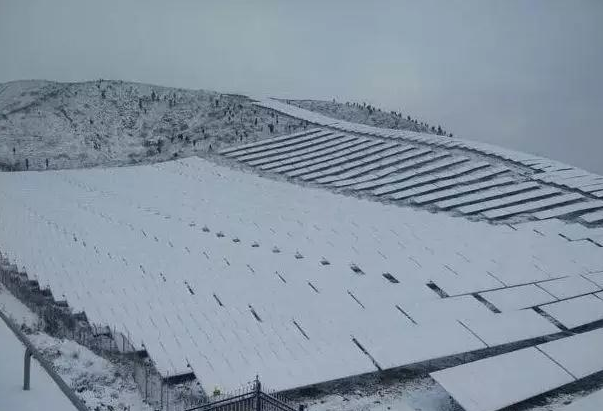Q: What is the MPPT of PV inverter?
A: The output voltage and current of photovoltaic square array will alter with the changes of solar irradiance and ambient temperature, etc. Tracking and controlling the changes of output voltage and current caused by the above reasons will make the array constantly maintain the automatic adjustment behavior of maximum power output, which is the maximum power point tracking. That is, Maximum Power Point Tracking (MPPT).
In the distributed photovoltaic system, due to the restrictions of the roof, when the type, installation orientation and installation angle of the photovoltaic array are different, or some components are blocked in some time, it is appropriate to choose the photovoltaic inverter with multi-channel independent MPPT control function, which can be more flexible configuration of the system, reduce the potential system efficiency loss and power generation loss, improve power generation efficiency. To obtain the maximum power generation revenue for users. There are 10 awg solar cable.

Q: What is the PID phenomenon? How to avoid PID influence?
A:PID (Potential Induced Degradation), also known as "potential induced degradation", refers to the power degradation caused by external factors of PV modules.
In view of the mechanism of PID phenomenon, module manufacturers have developed a series of production processes to prevent PID phenomenon, including: using anti-PID batteries, increasing the volume resistivity of module composite materials, reducing the water and gas transmittance of materials, negative grounding of photovoltaic system, etc., which have been verified by tests and actual system operation data. Photovoltaic power generation system can avoid PID generation even if it is built in a high temperature and extreme humidity environment. According to the mechanism of PID phenomenon, photovoltaic inverter manufacturers have developed the corresponding PID repair function module, which can be selected according to the actual application scenario.
Q: What determines the inclination angle of PV array installation?
A: The installation angle of photovoltaic array is mainly determined by the longitude, latitude and optimal irradiation amount of the installation area. Due to the restriction of installation conditions, the installation Angle can be adjusted properly if the installation Angle of the module cannot reach the optimal Angle, which will considerably affect the power generation of non-south-facing roofs.
Q: How does a roof distributed photovoltaic system protect against lightning?
A: There are two main types of lightning hazards: direct lightning and induced lightning. Direct lightning protection: Set up metal lightning arrester wire on high buildings, can release the huge thunderstorm cloud charge.
Indirect lightning protection: Add a lightning arrester to the photovoltaic system, that is, add a lightning arrester module to the inverter, meter box and other electrical equipment to protect against indirect lightning strikes.
Q: How do you estimate the power generation of distributed PV systems?
A: To estimate the daily energy yield of a photovoltaic power generation system, it is necessary to understand the peak sunshine hours (the total solar radiation received on the photovoltaic module surface is converted into the number of hours at an irradiance of 1000W/m2), system efficiency, and system installation capacity of the system where the system is installed.
For example, the photovoltaic grid-connected system of 400kW is installed in Shenzhen, the peak sunshine hours are 3.5 hours, and the efficiency of the photovoltaic grid-connected system is about 80%. Therefore, the formula for calculating the daily power generation of the system is = installation capacity of components × peak sunshine hours × system efficiency =400×3.5×0.8=1120kWh, which is about 1280 KWH. The formula for calculating the annual power generation of the system = component installation capacity × peak sunshine hours × system efficiency ×365 days =400×3.5×0.8×365= 408,800 kwh, which is about 410,000 KWH of electricity.
summary
Distributed PV has entered the "quick lane" of development. Mastering the common knowledge of distributed PV is conducive to further promoting the healthy and orderly development of distributed PV.